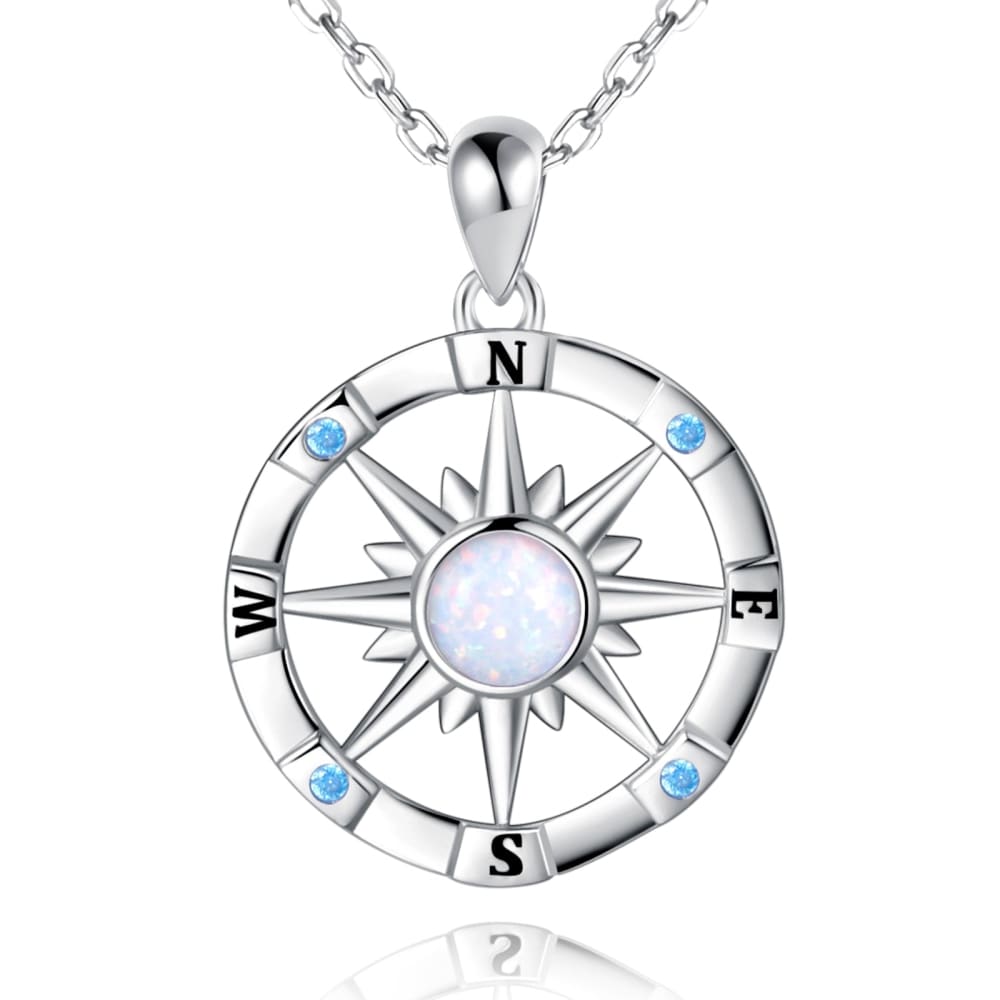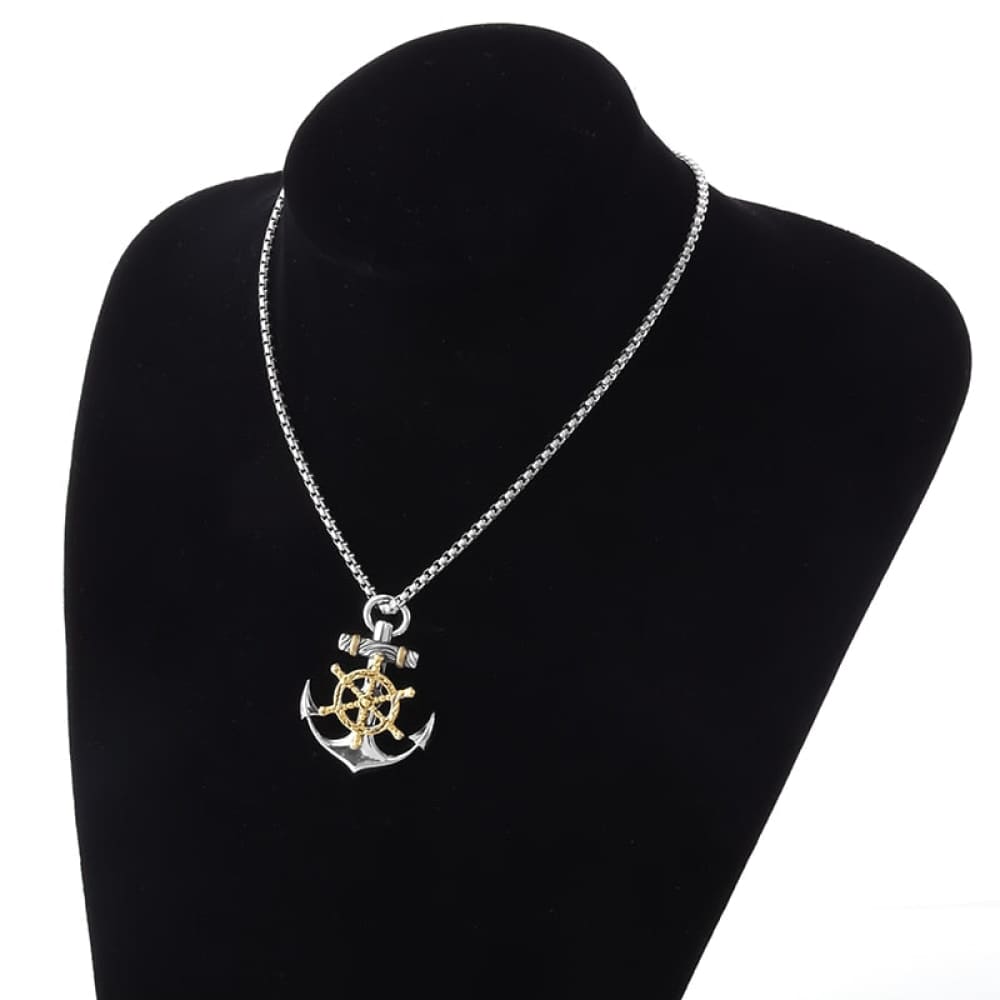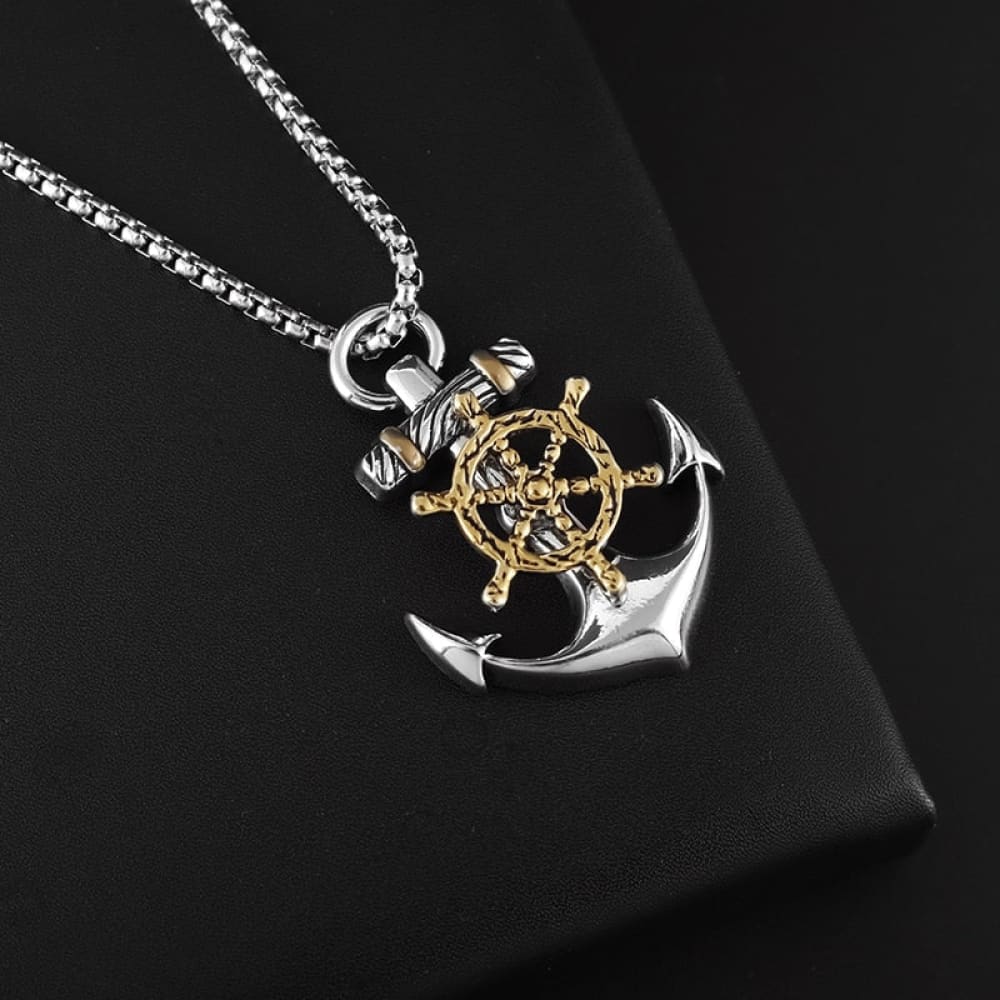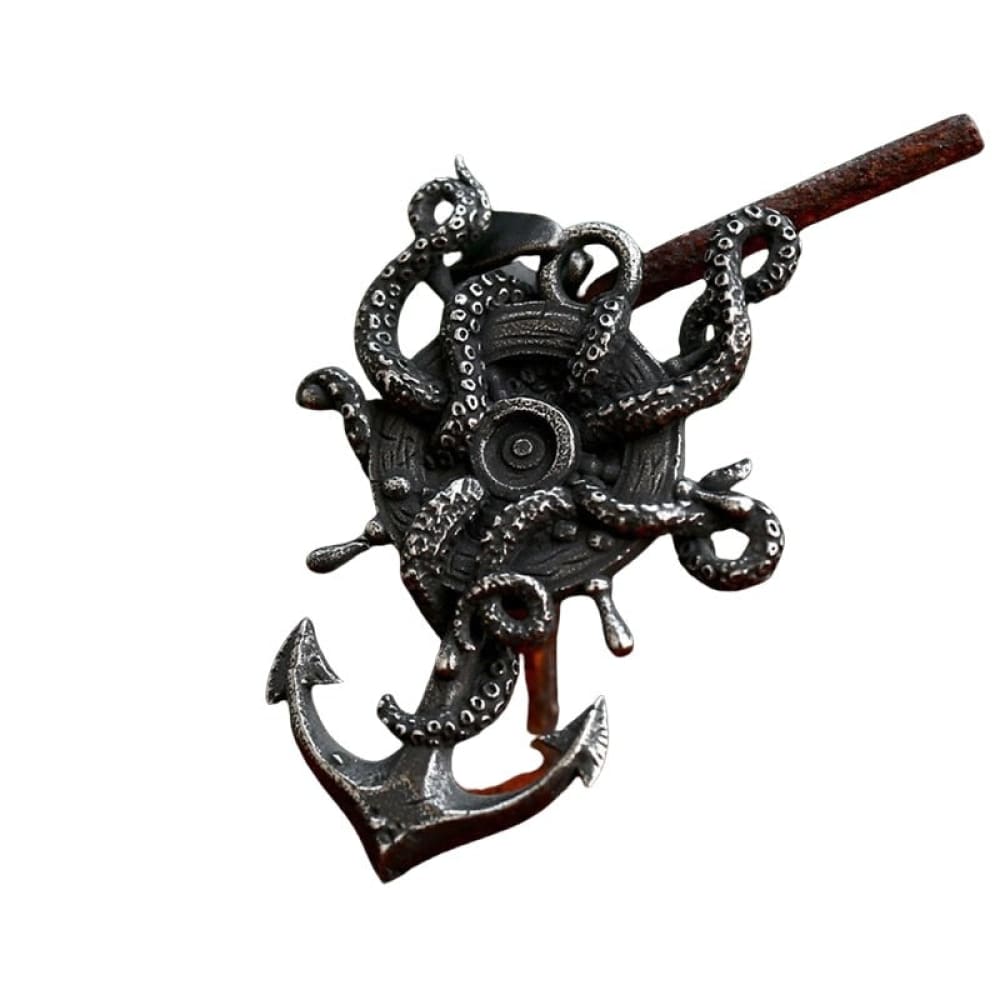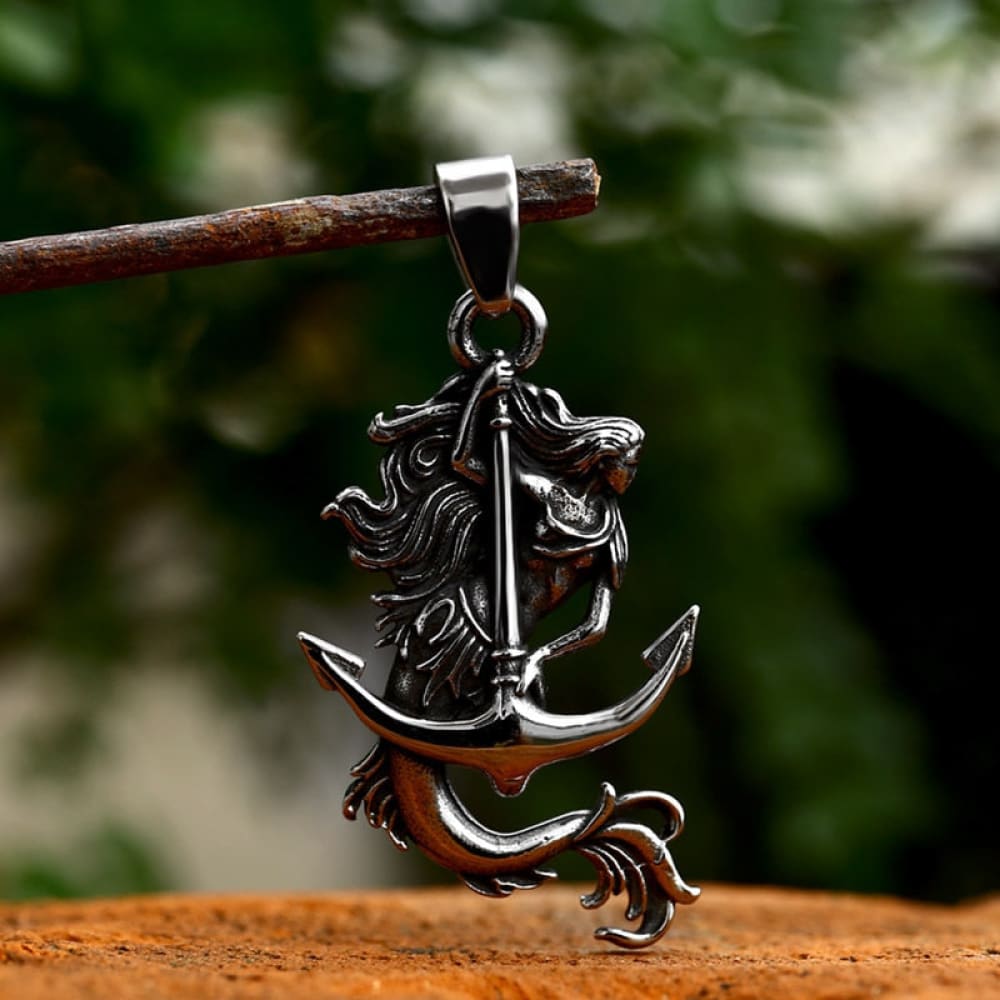The Story of the Titanic: Its Construction, Maiden Voyage, and Sinking
Construction of the Titanic
Construction of the Titanic The construction of the Titanic began in 1909, with Harland and Wolff shipyard in Belfast, Ireland being responsible for its construction. The ship was designed by Thomas Andrews, a naval architect, and was intended to be the largest and most luxurious ship of its time. The construction process took around three years to complete, employing over 15,000 workers. The Titanic was built using innovative engineering techniques and boasted state-of-the-art amenities, including a gymnasium, swimming pool, and lavish staterooms.
Despite its impressive construction and attention to detail, the Titanic lacked sufficient safety measures, such as an adequate number of lifeboats, which would later have catastrophic consequences.
Maiden Voyage of the Titanic
The Titanic set sail on its maiden voyage on April 10, 1912, from Southampton, England, with stops in Cherbourg, France, and Queenstown (now Cobh), Ireland, before heading to New York City. The ship was filled with over 2,200 passengers and crew members, including some of the wealthiest people of the time, as well as immigrants seeking a new life in America.
During the voyage, the Titanic received several ice warnings from other ships in the area, but its speed was not reduced. On the evening of April 14, 1912, tragedy struck when the Titanic hit an iceberg in the North Atlantic Ocean. The collision caused extensive damage to the ship's hull, resulting in water flooding the compartments.
Life on Board the Titanic
Life on board the Titanic was opulent and luxurious for the first-class passengers, who enjoyed gourmet meals, elegant parties, and spacious accommodations. Second-class passengers had access to comfortable staterooms and dining halls, while third-class passengers, mostly immigrants, had more basic accommodations but still enjoyed a higher standard of living compared to their previous circumstances.
The crew members on the Titanic worked diligently to ensure the comfort and safety of the passengers. From the engineers in the boiler rooms to the stewards serving in the dining rooms, each crew member played a crucial role in the operation of the ship.
Unfortunately, the Titanic's grandeur and luxury were overshadowed by the tragedy that unfolded on its maiden voyage.
The Night of the Disaster
On the night of April 14, 1912, the Titanic struck an iceberg. Despite efforts to save the ship, it became clear that the Titanic was sinking. As panic ensued, the crew began launching the lifeboats, but due to the lack of an adequate number of lifeboats, many passengers were left stranded on the sinking ship.
The Carpathia, a nearby ship, received the Titanic's distress signals and immediately rushed to her aid. However, by the time the Carpathia arrived, the Titanic had already sunk, resulting in the loss of over 1,500 lives.
The sinking of the Titanic remains a tragic event in maritime history, serving as a reminder of the importance of safety measures and preparedness at sea.
Legacy of the Titanic
The sinking of the Titanic had a profound impact on maritime safety regulations. Following the disaster, international conventions were established to ensure that ships carried an adequate number of lifeboats for all passengers and crew members. The tragedy also led to the development of the International Ice Patrol, which monitors the presence of icebergs in the North Atlantic Ocean, providing warnings to ships in the area.
Remembering the Titanic
The story of the Titanic continues to captivate people's imaginations through books, films, and memorials dedicated to the tragedy. Countless documentaries and movies have been made, each recounting the events of that fateful night. The Titanic's wreckage was discovered on the ocean floor in 1985, further fueling public interest in the ship and its story.
Memorials and museums dedicated to the Titanic can be found in various locations, including Belfast, where the ship was built, and Halifax, Nova Scotia, where many of the Titanic's victims are buried. These tributes serve as a reminder of the lives lost and the lessons learned from the Titanic disaster.
Lessons Learned
The sinking of the Titanic was a devastating tragedy, but it also served as a catalyst for significant improvements in maritime safety. The lessons learned from this disaster have influenced the design, construction, and operation of ships, ensuring that safety remains a top priority at sea.
Today, when you wear nautical jewelry or adorn your home with nautical decor, it serves as a small reminder of the history and importance of the Titanic's story.
Nautical Jewelry Inspired by the Titanic
Our nautical jewelry collection pays homage to the Titanic and its legacy. Each piece is meticulously crafted with marine-inspired symbols, such as anchors, ship wheels, and seashells. By wearing our nautical jewelry, you can keep the spirit of the sea alive and carry a piece of maritime history with you
Nautical Clothing and Home Decor
In addition to our nautical jewelry, we also offer a wide range of nautical clothing and home decor items. From stylish t-shirts and dresses adorned with nautical motifs to decorative items like ship models and lighthouse figurines, our collection is perfect for passionate sea lovers who want to bring the ocean into their everyday lives.
Whether you're looking to express your love for the sea through fashion or create a maritime-inspired sanctuary in your home, our nautical clothing and home decor collection has something for everyone.
Shop our Nautical Collection
Visit our online store today to explore our stunning collection of nautical jewelry, clothing, and home decor. With our high-quality products and attention to detail, you can indulge your passion for the sea and showcase your love for all things nautical.
In conclusion: The story of the Titanic is one of both grandeur and tragedy. Its construction showcased the innovative engineering techniques of its time, but its lack of safety measures ultimately led to its demise. The maiden voyage of the Titanic promised luxury and opulence, but it ended in disaster with the ship sinking after hitting an iceberg. The legacy of the Titanic is one of improved maritime safety regulations and a reminder of the importance of preparedness at sea. Remembering the Titanic through memorials, museums, and nautical jewelry keeps its story alive, serving as a constant reminder of the lessons learned from this historic event. Visit our online store to explore our nautical collection and carry a piece of maritime history with you.
































